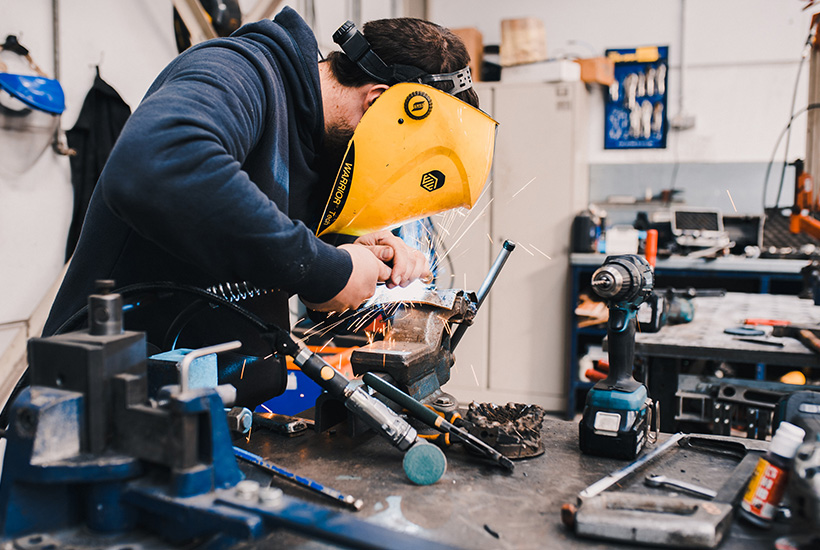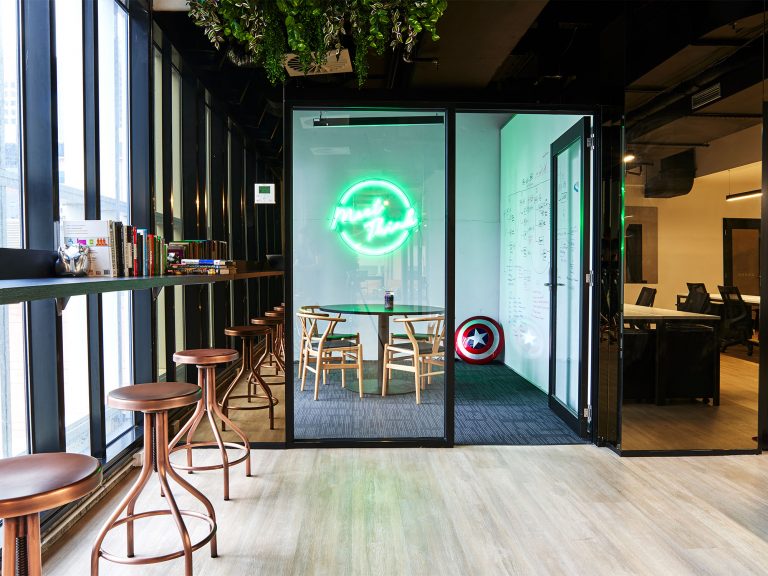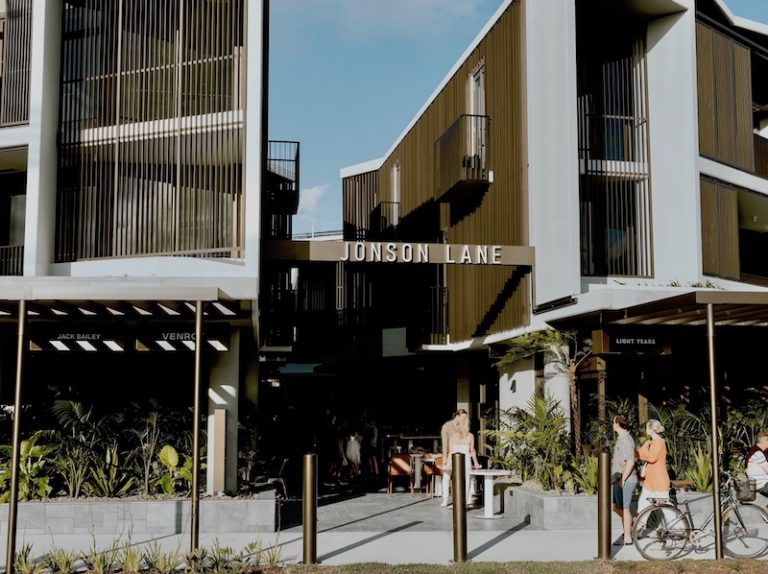Workplace Health and Safety in Industrial and Commercial Property

In Australia, all businesses must abide by workplace health and safety (WHS) regulations, so it should come as no surprise that this duty of care can also apply to commercial property owners, investors and developers.
Workplace risks and hazards will differ depending on the tenant and the type of property involved, so it is incumbent on owners to under their obligations and take steps to ensure the site is safe, when required.
What’s the Difference Between Work Health and Safety (WHS) and Occupational Health and Safety (OHS)?
Both WHS and OHS amount to the same thing, according to Safety and Environmental Services Australia’s Ibrahim Ech: a safe workplace.
The term has simply “evolved” to better suit the growing array of workplaces in today’s diverse business landscape.
But Ech says that with the new terminology there has also been the introduction of new laws – both state and federal – to create clear guidelines on ways to control risk in any workplace.
Why is WHS important?
Workplace health and safety is critical in preventing work injuries, illness and disease in the workplace, and has the flow-on effect of being good for business.
For tenants, if accidents happen onsite they can have devastating impacts on the individual and the workforce, reduce productivity. In some states, serious cases of negligence can result in jail time for supervisors or business owners.
Any workplace health and safety breachers can have a significant impact on commercial property owners as the tenant may need to shut down and break the lease.
Further, if a vacant property has obvious health hazards or dangerous areas, it can be difficult to lease.
An owner or developer can also face reputation damage or legal proceedings if they do not fix the problem and an incident occurs.
Insurance is another good reason property owners should be vigilant about WHS, Ech says.
“If the property has inherent risks, the insurer will request a health and safety inspection and based on the inspection they can determine the risk and may request certain action to give proper insurance,” he says.
In many cases, if an insurer has concerns they may charge a higher premium or only offer insurance policies with exclusions.

Commercial property owners play a key role in workplace health and safety.
Who’s responsible?
While safety should be everyone’s goal, it is important to know with whom the duty of care lies.
As a commercial property owner or agent you are obligated to mitigate risk and take all reasonable steps to make buildings safe for people working onsite, as well as visitors.
But Ech says that under new state and federal legislation, tenants may also shoulder this obligation.
“If the lease agreement specifies the tenant is in control then the tenant carries that duty,” he says.
“In many cases where the tenant does the fitout then they are in control and the landlord, agent or property manager are in charge of common areas.
“For certain properties the lease will actually specify the tenant takes full control, so if that is the cases then it’s wholly the obligation of the tenant.”
What WHS do you need to comply with?
If you are deemed to be in control of a property, you must comply with all WHS legislation.
This includes:
- Ensuring a business premises is safe
- Regularly assessing the property to ensure it is safe and has no security risks
- Taking action to control and mitigate risk
- Ensuring all facilities are safe and suitable
- Keeping insurance policies up to date
- Promoting risk mitigation and safety onsite

Workplace health and safety is a critical consideration in every commercial property.
Key areas of concern
There are some particular areas of focus when identifying hazards on industrial and commercial property. They include:
- Contamination: Asbestos, toxins and hazardous chemicals should not be present, or if they are, must be suitably stored and protected
- Physical hazards: Structures, extreme temperatures, vibration, noise, unsatisfactory lighting and equipment
- Mould: This is an increasing issue in older and water damaged properties and can pose serious health risks if not addressed
- Ventilation: Air conditioners must be cleaned and in working order and be adequate to circulate air through the entire building
- Surfaces: Check for slippery floors, uneven ground or any type of flooring that can cause issues with the equipment used on site
- Security: This may include storage of dangerous items, personnel safety, CCTV, locked doors and gates, and even security staff
Bring in the experts
While carrying out risk assessments and reporting hazards regularly is recommended, there are some key times that specialists should be brought in to inspect commercial and industrial properties.
Before signing a contract of sale, it is best to have a professional inspection, Ech says.
“There may be contamination like asbestos that you do not notice, or there is more than you think and this can be a very costly to remove.”
Tenants and landowners should also engage a WHS consultant before signing a lease contract.
Letting agents usually have a good handle on WHS but organising your own inspection will give you peace of mind and surety.
For a step-by-step guide on identifying and controlling risks head to the Safe Work Australia website.







